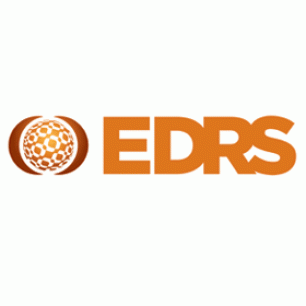Key findings
- Alcohol use was examined among Regular Ecstasy Users (REU) interviewed as part of the Ecstasy and Related Drug Reporting System (EDRS) in 2012 (n=607). Trends in alcohol use were examined over time and compared to those aged 20-20 years in the general population (AIHW, 2011).
- Most of the national EDRS sample (96%) reported using alcohol during the last six months, typically drinking on 48 of the last 180 days (approximately 2 days per week).
- The proportion of REU who reported drinking alcohol at least weekly (but not daily) during the last six months (76%) was substantially higher when compared to similar age groups (20-29) in the general population (44%). Similarly, the proportion of REU reporting daily alcohol use was 6%, compared to 2.3% among those aged 20-29 in the general population.
- According to the current Australian guidelines (NHMRC, 2009), drinking no more than two standard drinks on any one day reduces the lifetime risk of harm from alcohol-related disease or injury. Among REU, 87% reported drinking more than two drinks in a typical session. This was substantially greater than a similar age group in the general population (27% of 20-29 year olds). Similarly, the proportion who drank more than four standard drinks in a single session (a level which increases the risk of alcohol related injury) was considerably higher relative to the general population.
- In 2012, three-fifths (64%) of REU had consumed more than 5 standard drinks in combination with ecstasy on the last occasion. This rate has increased since 2003. In addition, almost one in ten had consumed more than 5 standard drinks when coming down from ecstasy on the last occasion, and over onequarter (27%) reported using more than 5 standard drinks in a binge session of use (use of drugs for more than 48 hours continuously without sleep) during the last six months. Use of alcohol in combination with psychostimulants has important health implications due to the increased risk of harms, and masking of the intoxicating effects of alcohol.
- Using the Alcohol Use Disorders Identification Test, four in five of REU (83%) scored 8 or more - a level at which alcohol intake may be considered hazardous to health. More than one in four (28%) scored at a level indicative of possible alcohol dependence. The proportion of REU classified in this zone has significantly increased since 2006.


